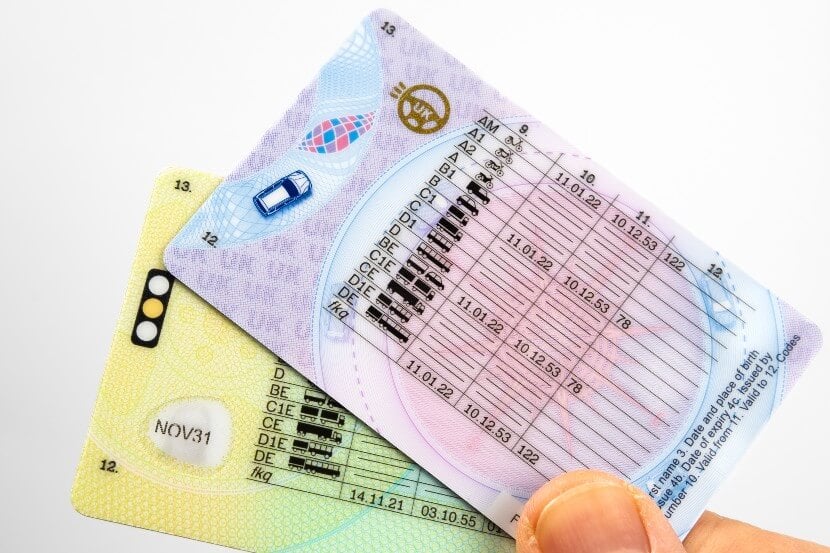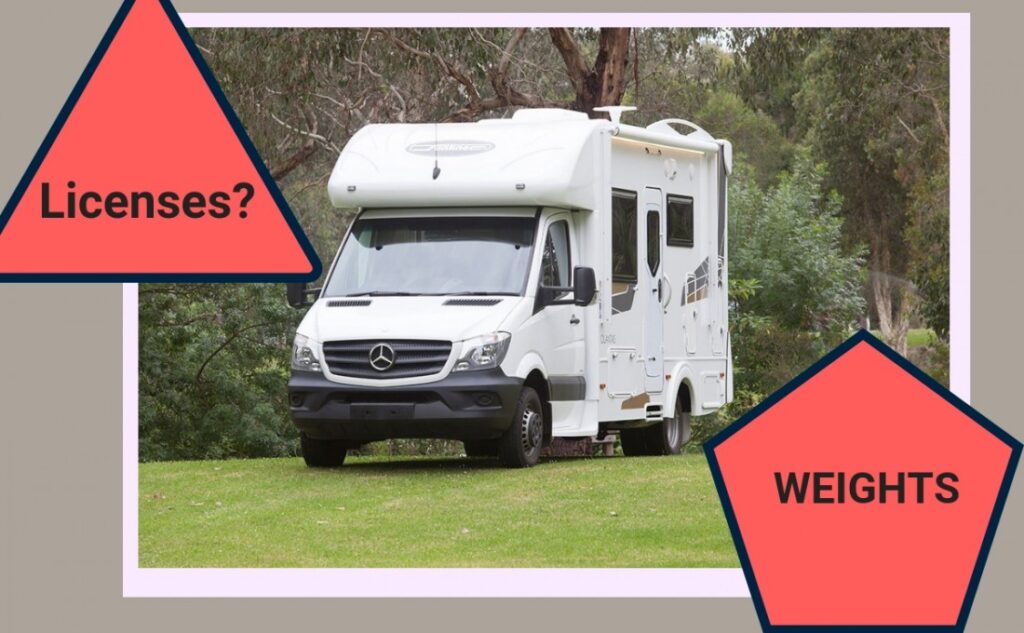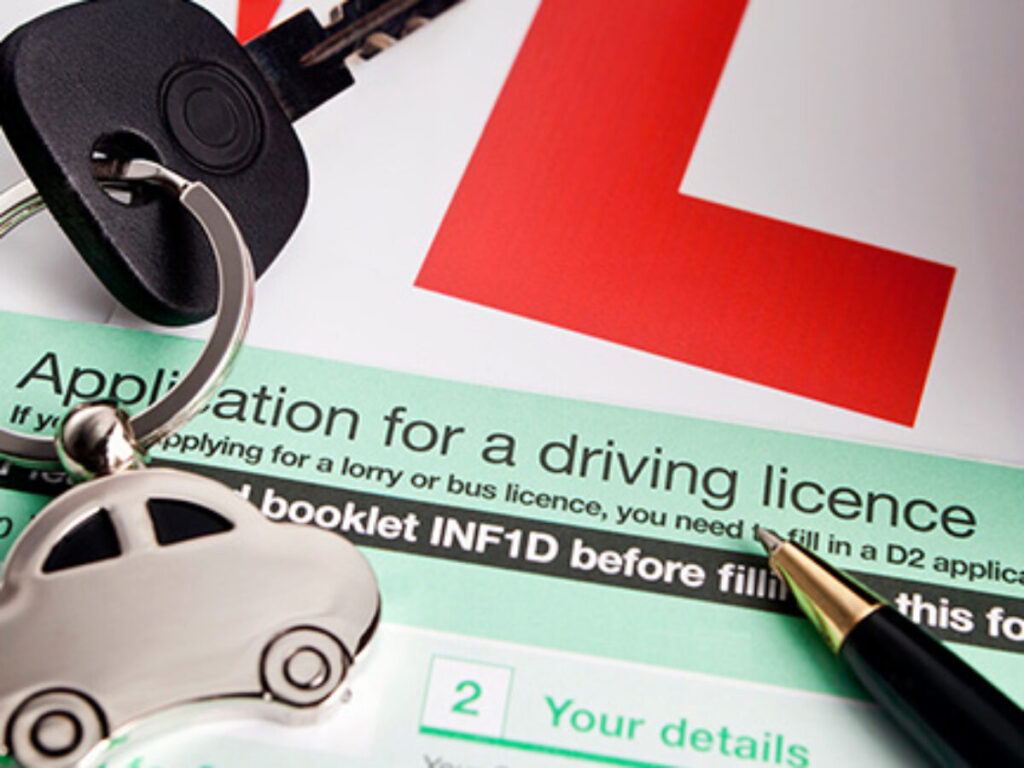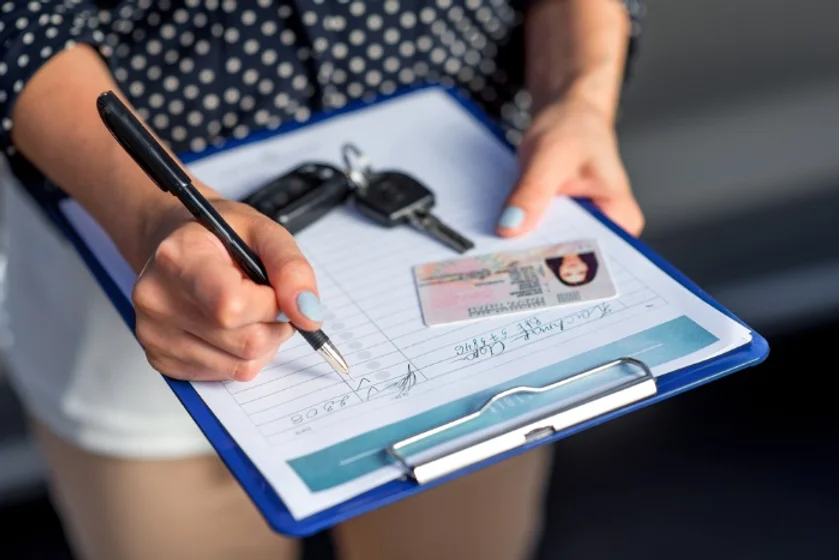Introduction: Brief history and evolution of motorhomes.
Motorhomes, often referred to as RVs (Recreational Vehicles), have a rich history that dates back to the early 20th century. Initially, these vehicles were simple car attachments, providing basic shelter and amenities for adventurous travelers. Over the decades, as road infrastructure improved and the idea of road trips gained popularity, motorhomes evolved in design, size, and luxury. Today, they range from compact campervans to luxurious coaches, equipped with modern amenities, offering a home-like experience on wheels.
The evolution of motorhomes is closely tied to the spirit of adventure and freedom. As people sought ways to explore the vast landscapes, especially in countries like the USA and Australia, the motorhome became a symbol of unrestricted travel. The ability to carry one’s home along meant travelers could venture into remote areas without worrying about accommodation. This sense of freedom and adventure has only grown over the years, making motorhomes a popular choice for many.
Understanding Licences: Explanation of different licence categories and their relevance to motorhomes.
Driving licences are categorized based on the type and weight of the vehicle they permit the holder to drive. When it comes to motorhomes, the weight and size of the vehicle determine the category of licence required. For instance, in the UK, a Category B licence allows individuals to drive vehicles up to 3,500kg, which covers most standard motorhomes. However, larger motorhomes exceeding this weight would require a Category C1 or even a Category C licence.
Understanding these licence categories is crucial for potential motorhome owners or renters. Not only does it ensure legal compliance, but it also guarantees that drivers are equipped with the necessary skills to handle larger vehicles safely. Each licence category has specific training and testing requirements, ensuring that drivers are competent to manage the challenges associated with driving bigger and heavier vehicles.

Legal Implications: Consequences of driving a motorhome without the appropriate licence.
Driving a motorhome without the correct licence can lead to severe legal consequences. Depending on the jurisdiction, penalties can range from hefty fines, points on the driver’s licence, to potential imprisonment in extreme cases. Moreover, driving without the appropriate licence can also invalidate the vehicle’s insurance, leaving the driver financially liable for any damages or accidents.
Beyond the immediate legal penalties, there are long-term implications to consider. Being caught driving without the correct licence can lead to increased insurance premiums in the future. It can also affect one’s driving record, making it challenging to obtain certain types of employment, especially roles that require driving as a primary responsibility. Thus, ensuring one has the right licence is not just a matter of legal compliance but also a step towards responsible and safe driving.
Size and Weight Considerations: How the size and weight of a motorhome determine the type of licence required.
The size and weight of a motorhome are primary factors in determining the type of driving licence required. In many countries, standard car licences cover vehicles up to a certain weight, typically around 3,500kg. This weight, known as the Maximum Authorised Mass (MAM), includes the vehicle’s own weight plus its maximum load. Motorhomes that exceed this weight require a higher category of licence, which ensures the driver has the skills to handle larger vehicles safely.
It’s essential for potential motorhome buyers or renters to be aware of these weight considerations. Before purchasing or renting a motorhome, one should check its MAM and ensure it aligns with their driving licence category. This not only ensures legal compliance but also guarantees a safer driving experience. After all, handling a larger, heavier vehicle on the road requires different skills compared to driving a standard car.

International Considerations: Differences in motorhome driving regulations in various countries.
Motorhome driving regulations can vary significantly from one country to another. While the basic principles remain the same, the weight limits, licence categories, and even road rules might differ. For instance, in the US, most states allow individuals with a standard driver’s licence to operate even large RVs. In contrast, European countries often have stricter weight-based categorizations for licences.
For those planning to embark on international road trips, it’s crucial to research and understand the driving regulations of each country they intend to visit. This might mean obtaining an International Driving Permit (IDP) or even taking additional driving tests in certain countries. Being well-prepared not only ensures a smooth journey but also avoids potential legal complications. It’s always better to be informed and prepared than to face unexpected challenges on the road.
Upgrading Your Licence: Steps and requirements to upgrade to a higher licence category.
Upgrading a driving licence often becomes necessary when one wishes to drive larger motorhomes that exceed the weight limits of their current licence category. The process typically involves additional training, followed by a practical driving test tailored to the specific vehicle category. This ensures that drivers are equipped with the necessary skills and knowledge to handle larger and potentially more challenging vehicles on the road.
For instance, in the UK, if someone with a Category B licence wishes to drive a motorhome weighing more than 3,500kg but less than 7,500kg, they would need to upgrade to a Category C1 licence. This involves undergoing a medical examination, completing a driver training course specific to the C1 category, and then passing the C1 driving test. The process ensures that drivers are not only legally compliant but also competent and safe when driving larger vehicles.

Safety Considerations: Importance of understanding weight limits and ensuring motorhomes are not overloaded.
Safety is paramount when driving any vehicle, but it becomes even more critical with larger vehicles like motorhomes. One of the primary safety concerns with motorhomes is overloading. Exceeding the Maximum Authorised Mass (MAM) can lead to reduced vehicle control, longer stopping distances, increased wear and tear, and even tyre blowouts. Furthermore, in the event of an accident, an overloaded motorhome can cause more damage and injury due to its increased momentum.
It’s essential for motorhome owners and drivers to be aware of their vehicle’s weight limits and to regularly check the weight, especially when fully loaded for a trip. Many service stations offer weighing services, allowing drivers to ensure they’re within safe and legal limits. Proper weight distribution within the motorhome is also crucial. Uneven weight can lead to imbalances, making the vehicle harder to control, especially in challenging driving conditions.
Insurance Implications: How the type of licence and size of motorhome can impact insurance premiums and coverage.
Insurance is a crucial aspect of motorhome ownership, providing financial protection against potential damages or accidents. The type of driving licence one holds, along with the size and weight of the motorhome, can significantly impact insurance premiums and the extent of coverage. Typically, larger motorhomes or those requiring a higher licence category might come with higher insurance premiums due to the perceived increased risk associated with driving bigger vehicles.
Furthermore, driving a motorhome without the appropriate licence can lead to the insurance being invalidated. This means that in the event of an accident or damage, the insurance company might refuse to cover the costs, leaving the driver financially liable. It’s essential for motorhome owners to ensure they have the correct licence for their vehicle and to communicate this accurately to their insurance provider. Being transparent and ensuring all details are accurate can prevent potential complications and financial burdens in the future.

Testimonials: Real-life experiences of individuals who have driven different sizes of motorhomes on various licences.
Hearing firsthand experiences from individuals who have driven various sizes of motorhomes can provide invaluable insights for potential buyers or renters. These testimonials often shed light on the challenges and joys of driving different motorhomes, offering a realistic perspective beyond technical specifications and regulations. For instance, someone might share their experience of navigating a larger motorhome through narrow European streets or the ease of parking a compact campervan.
Such testimonials can also provide insights into the process of upgrading licences, the practicalities of handling larger vehicles, and even tips on efficient packing to avoid overloading. Real-life experiences often resonate more with potential drivers, as they offer a glimpse into the actual challenges and rewards of motorhome travel. Whether it’s a story of a memorable road trip across continents or a cautionary tale about the importance of proper weight distribution, these testimonials are a treasure trove of practical knowledge.
Conclusion: Emphasize the importance of understanding and adhering to licence regulations for safe and legal motorhome driving.
Understanding and adhering to licence regulations is not just a matter of legal compliance; it’s a commitment to safety. Driving a motorhome, especially a larger one, comes with its set of challenges. From navigating tight spaces to ensuring the vehicle isn’t overloaded, drivers must be equipped with the necessary skills and knowledge. The right licence ensures that they’ve undergone the required training and testing to handle their motorhome competently.
In conclusion, while the allure of the open road and the freedom that a motorhome offers can be enticing, it’s essential to approach this adventure with responsibility. Ensuring one has the correct licence, understanding the vehicle’s weight limits, and being aware of safety considerations are all crucial steps in ensuring a safe and enjoyable motorhome journey.


